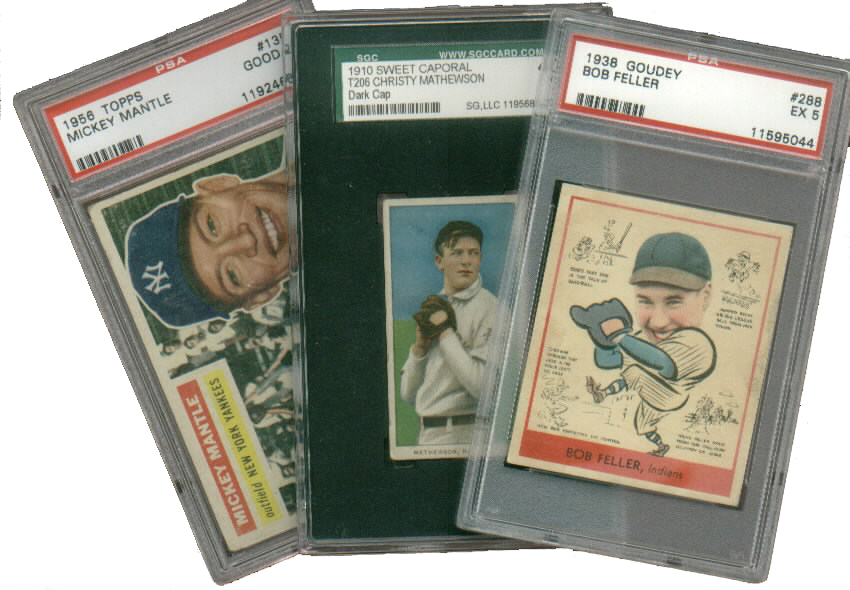
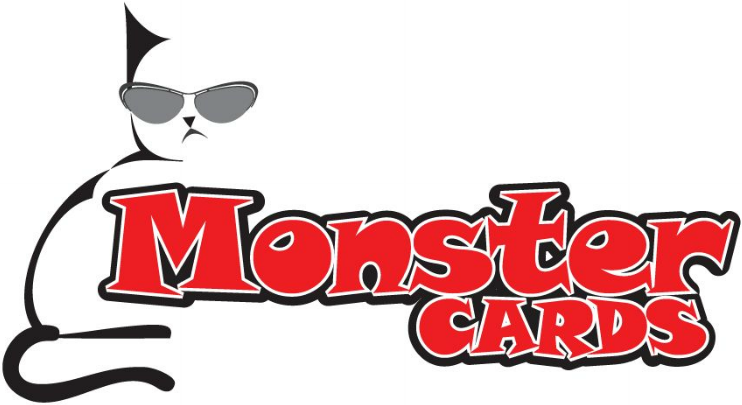
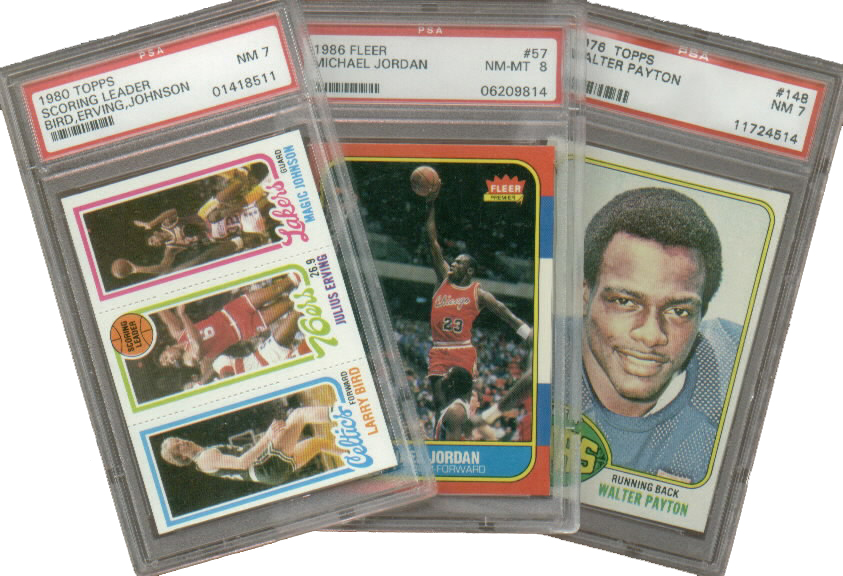
 |
 |
 |
Home
View Inventory
"Do You Buy?"
About/FAQ
Show Schedule
Links
|
10-12-2013 New $100 bills are now/soon/recently hitting the streets. Any search engine will point you toward colorful, pretty pictures of them. Spoiler alert: they look slighly different than the $100s we currently use to snort our cocaine and are chock full of new security features. Didn't we hear the same thing circa-1996 - the last time our $100 was re-engineered? Oh, and some people say they look like Monopoly money. *yawn* So why redesign our money? Just for fun? Apparently, there is a legitimate reason...the updated security features thwart counterfeiters. Easily considered the currency of the world, US bills are subject to more demand by world-wide clientele, be they good or evil. North Korea, in particular, seems to be the biggest offender in this "business." They have boosted our production methods as a way of boosting their own faltering economy. Their "super notes" or "super dollars" are considered the cream of the faux crop. Quick notes: There are a plethora of articles targeting North Korea as the largest counterfeiter of $100s. I picked the Time article because it was the most credible source. And while the column calls for the abolition of the $100 bill as a solution to this particular problem, I think that it is much more likely that $500 and $1000 bills will be produced before the $100 is nixed. Candy ain't a nickel anymore, gramps. On-going costs Fact: these new bucks cost around 12.7 cents each to produce. Up from 8.7 cents for the previous model. With 8.6 billion notes in circulation and a life-span between 7.5 (Wikipedia) and 15 years (Federal Reserve) per $100 bill, one would deduce that an average of 500 million to 1 billion notes have to be produced annually. (For this calculation, you have to ignore things like fluctuating demand. This is strictly for bill replacement.) Cost difference at 4 cents/note = $20-40 million/year. One-time costs (hopefully) Get this - the government occasionally messes things up! This time, they incorrectly printed a mere 30 million of these new notes. Whoopsy-daisy! Like with any new procees, you're bound to have errors. Cost of this one = $3.79 million. Education. This one is actually my favorite, and will drive my point home. Not only is the Federal Reserve's "education budget" increasing by 39x (from a cool half a mil to $9.5 million) to teach the world about this new $100 bill, but check out my favorite line: "Users of the $100 note around the world need to be aware not only of the new security and design features, but also that there is no need to trade in older-design notes when the new-design notes begin circulating." My Message Would you still accept this? It was the $100 bill we produced from roughly 1934-1966. 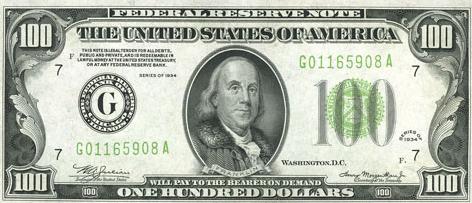
What about this one? It was the $100 bill we produced from roughly 1966-1990. 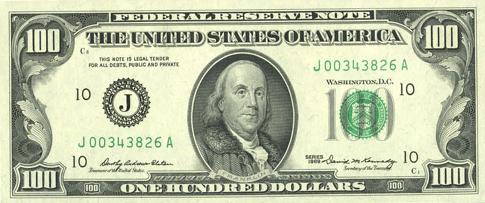
Of course you would. And these aren't even the 1996-2012 version that our children and grandchildren will continue to accept for decades! So while the Fed is saying the new $100 is being designed to stop counterfeiting, they are also educating people to let them know the old $100s are just fine to be kept in circulation. That's a counterfeit ring's dream scenario, no? If these notes are going to continue to be accepted, why would you shut down your fake presses any time in the next 20, 30, 50 years? I don't understand. Have fun! -T You can now find me all over the web: |